I unfortunately cannot upload my dataset but here is how my dataset looks like:
UMTMVS month
DATE
1992-01-01 209438.0 1
1992-02-01 232679.0 2
1992-03-01 249673.0 3
1992-04-01 239666.0 4
1992-05-01 243231.0 5
1992-06-01 262854.0 6
1992-07-01 222832.0 7
1992-08-01 240299.0 8
1992-09-01 260216.0 9
1992-10-01 252272.0 10
1992-11-01 245261.0 11
1992-12-01 245603.0 12
1993-01-01 223258.0 1
1993-02-01 246941.0 2
1993-03-01 264886.0 3
1993-04-01 249181.0 4
1993-05-01 250870.0 5
1993-06-01 271047.0 6
1993-07-01 224077.0 7
1993-08-01 248963.0 8
1993-09-01 269227.0 9
1993-10-01 263075.0 10
1993-11-01 256142.0 11
1993-12-01 252830.0 12
1994-01-01 234097.0 1
1994-02-01 259041.0 2
1994-03-01 277243.0 3
1994-04-01 261755.0 4
1994-05-01 267573.0 5
1994-06-01 287336.0 6
1994-07-01 239931.0 7
1994-08-01 276947.0 8
1994-09-01 291357.0 9
1994-10-01 282489.0 10
1994-11-01 280455.0 11
1994-12-01 279888.0 12
1995-01-01 260175.0 1
1995-02-01 286290.0 2
1995-03-01 303201.0 3
1995-04-01 283129.0 4
1995-05-01 289257.0 5
1995-06-01 310201.0 6
1995-07-01 255163.0 7
1995-08-01 293605.0 8
1995-09-01 313228.0 9
1995-10-01 301301.0 10
1995-11-01 293164.0 11
1995-12-01 290963.0 12
1996-01-01 263041.0 1
1996-02-01 290317.0 2
I want to set a locator for each year and ran the following code
ax = df.UMTMVS.plot(figsize=(12, 5))
ax.xaxis.set_major_locator(dates.YearLocator())
but it simply gives the following figure without any locator at all

Why does the locator fail to point out the years?

